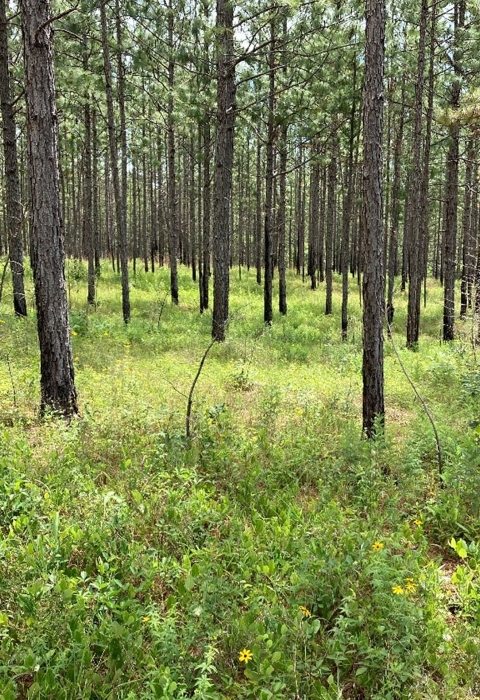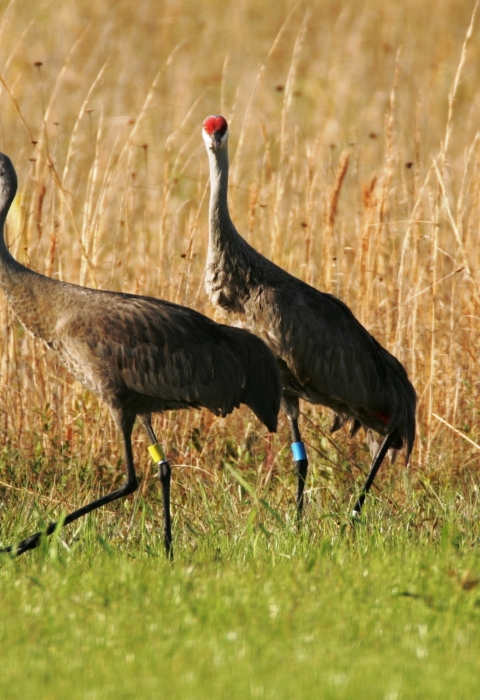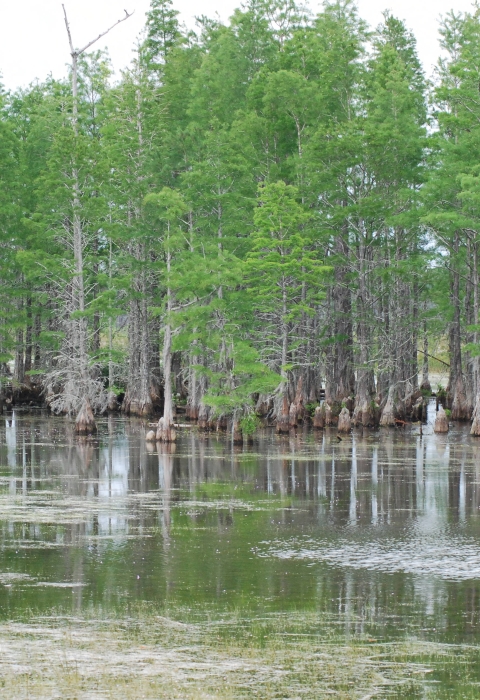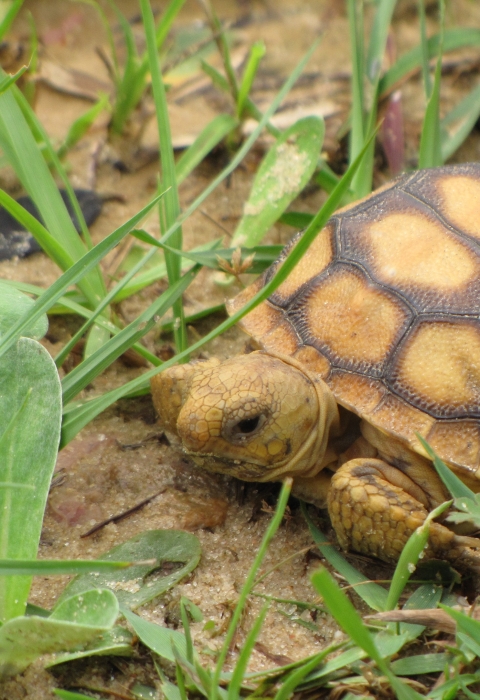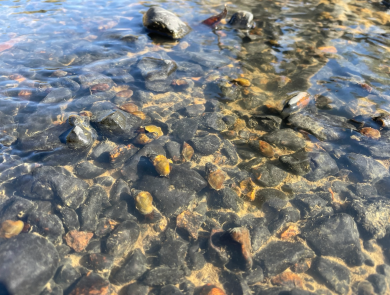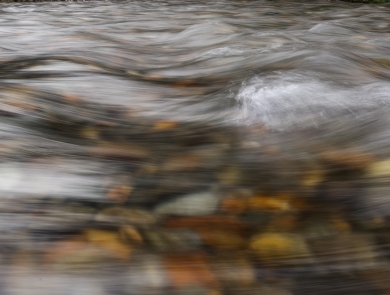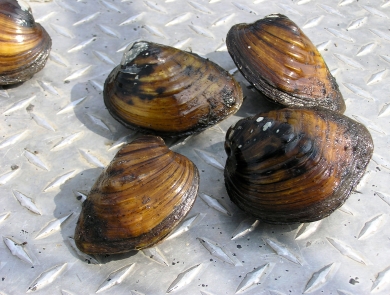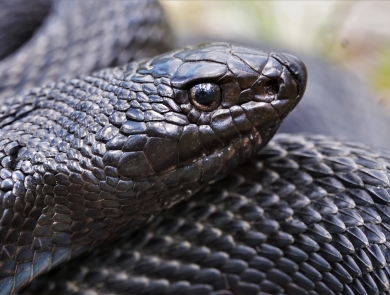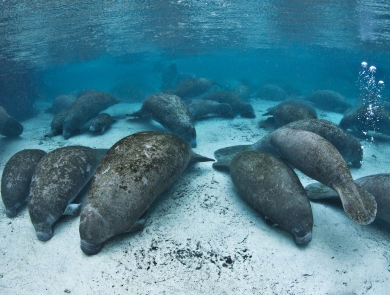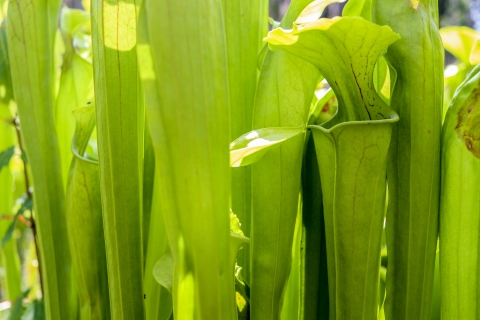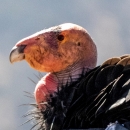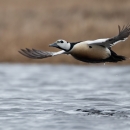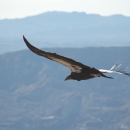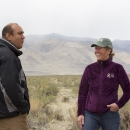About Us
The Mississippi Field Office will work proactively with other Service programs and external partners to conserve and enhance trust species and their habitats. We will strive to be dedicated and professional, promoting scientific excellence and a strategic approach to address landscape scale conservation, not only in Mississippi but throughout the Southeast.
What We Do
The conservation of our nation’s most imperiled species is at the heart of our office’s work. It drives what we do, from reviewing federally funded or authorized projects, to proactively working recover rare species. All of our work is done in conjunction with partners, including state wildlife agencies, tribes, other federal agencies, private industry, colleges and universities, and non-profit organizations.The conservation of our nation’s most imperiled species is at the heart of our office’s work. It drives what we do, from reviewing federally funded or authorized projects, to proactively working recover rare species. All of our work is done in conjunction with partners, including state wildlife agencies, tribes, other federal agencies, private industry, colleges and universities, and non-profit organizations.
